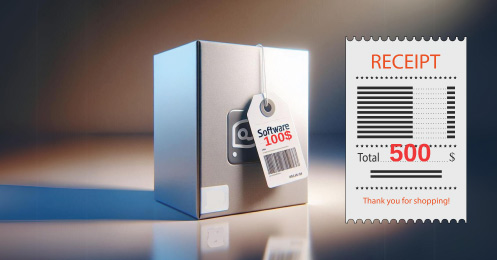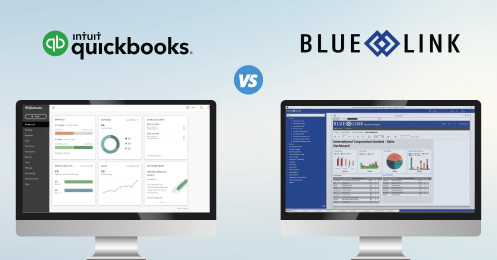My Crystal Ball will tell you exactly how much of each SKU to purchase, and when to place the Purchase Orders. Will it work for you? Well, it will give as accurate a view of future demand as that used by many buyers in small and medium sized wholesalers and distributors.
“But,” says the purchaser, “I use past demand (eliminating standard deviations) and average lead times per vendor. I calculate economic order quantities and safety stock levels. I plug this all into my inventory replenishment software, generating all the necessary purchase orders at exactly the right time.”
If this is you, you’re certainly ahead of the curve compared with your peers. And most of the time you will quite possibly be spot on in your purchasing – or at least ahead of my Crystal Ball users. There’s just one snag: you’re assuming that past demand will always accurately predict future demand. That may be true much of the time, but what happens when it isn’t?
This is the trap into which many companies, large and small, fell into as 2008 turned into 2009, and many were left with large inventories and diminished demand. This even includes companies who had recognized the implications of the looming recession and adjusted their sales forecasts accordingly.
The underlying problem is our business culture of relying on budgets and estimates as if they were accurate projections of the future. They are not. I urge you to read The Prediction Trap by Randy Park for an excellent assessment of why and how we paint ourselves into corners by using these techniques that are so ingrained in corporate culture and philosophy.
Sadly, I predict that most readers won’t do so.










